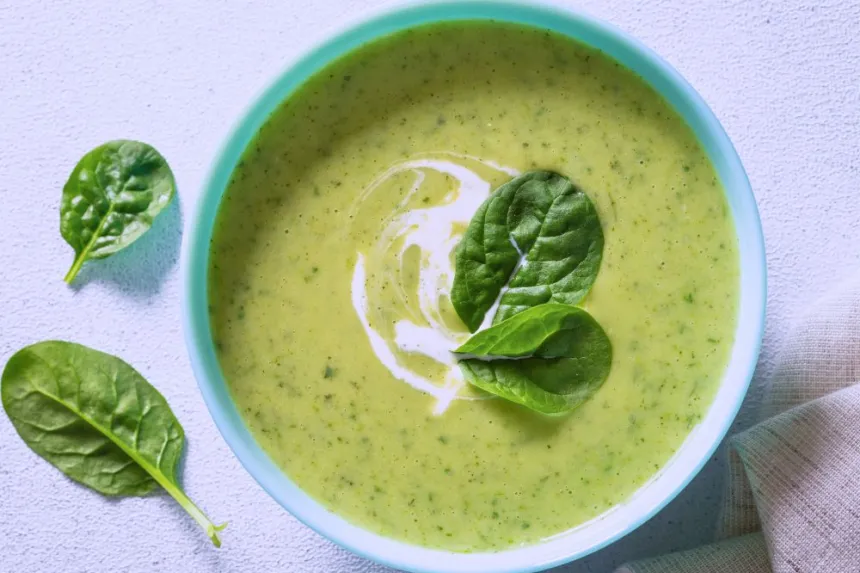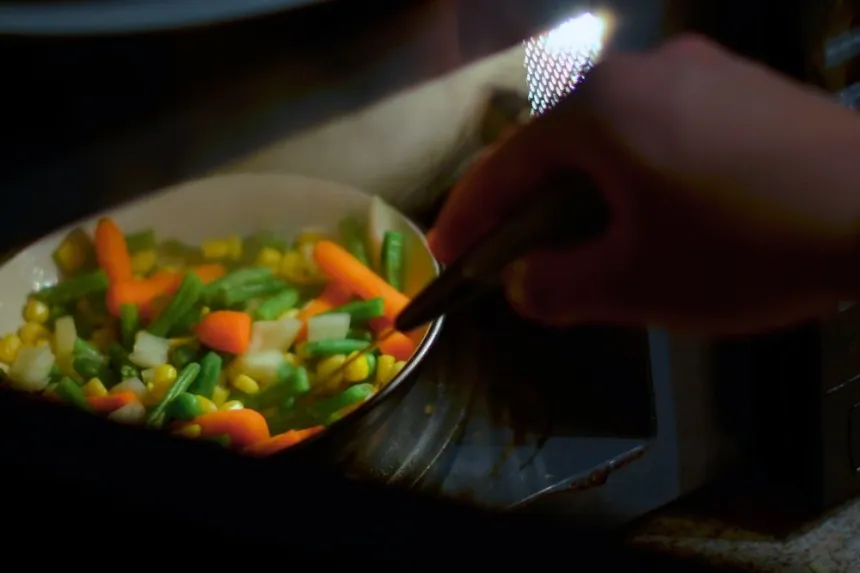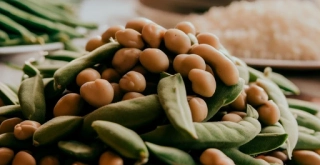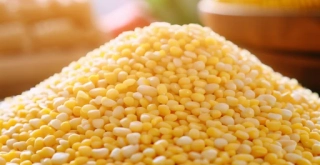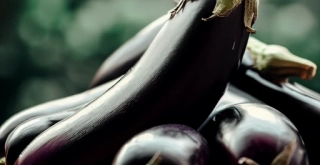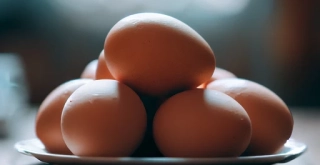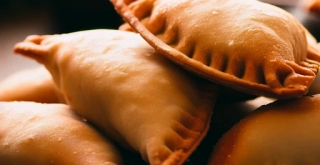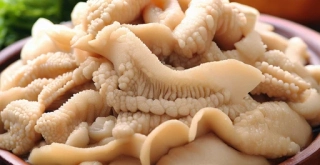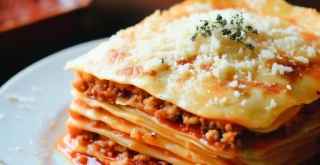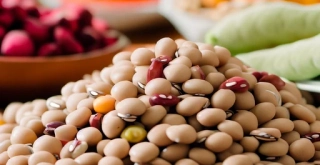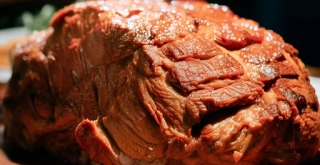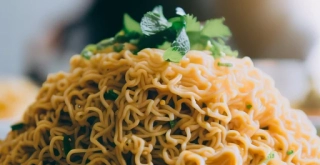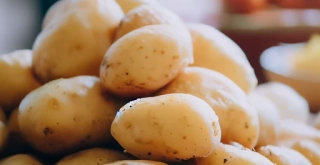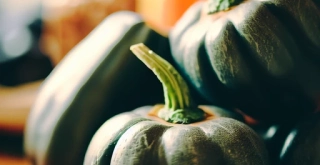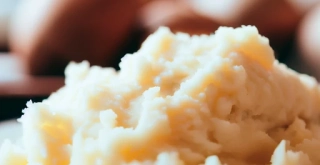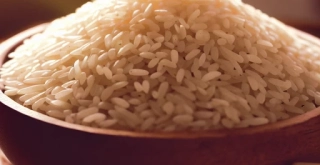How to easily thicken sauces without using cornstarch.
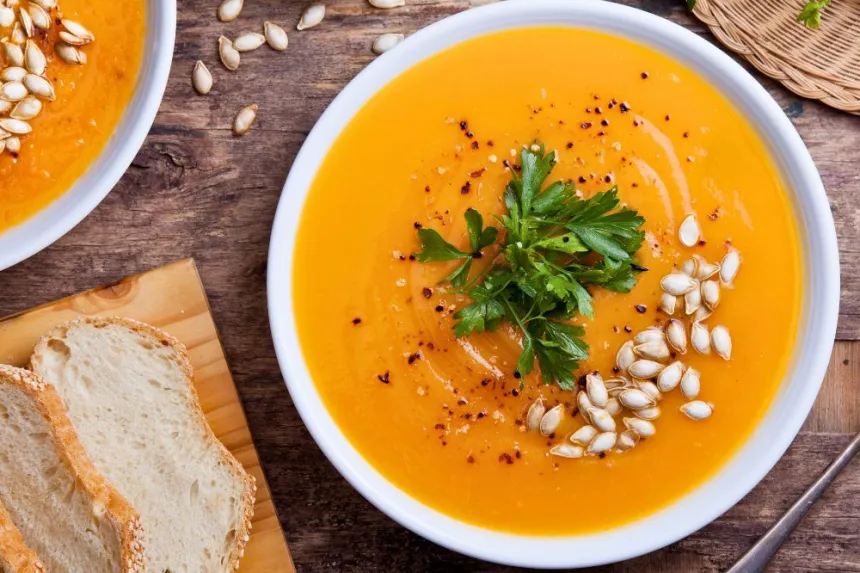
Sauces are a fundamental part of many recipes, but sometimes they can end up being more liquid than expected. Thickening a sauce can be a challenge, especially if you want to avoid using cornstarch. Below are some effective techniques to achieve the perfect consistency in your sauces, using ingredients you likely already have in your kitchen.
Use Reductions
One of the simplest ways to thicken a sauce is through a reduction process. This involves simmering the sauce to allow the water to evaporate, thereby concentrating the flavors and thickening the mixture.
Steps for Making a Reduction:
- Heat the sauce in a saucepan over medium heat.
- Let it simmer gently while stirring occasionally.
- Cook until the quantity has reduced by half or until it reaches the desired consistency.
This method not only thickens the sauce but also enhances its flavor.
Use Flour
Another common option for thickening sauces is to use flour. Although it may seem a bit more complicated, if you follow the proper steps, it becomes a straightforward process.
Read also
How to Use Flour to Thicken:
- Mix 1-2 tablespoons of flour with a little cold water and stir well to avoid lumps.
- Add this mixture to the sauce at the right time, ensuring the sauce is hot.
- Cook the sauce for a few more minutes, enough to eliminate the raw flour taste.
This method is ideal for stews and heavier sauces.
Try Vegetable Puree
If you're looking for a healthier alternative or have vegetables on hand, vegetable puree is an excellent option. Starting with a base of cooked vegetables can give an appealing texture to your sauces.
Steps to Use Vegetable Puree:
- Cook your preferred vegetables (like carrots, potatoes, or onions) until tender.
- Mash them using a fork or a blender.
- Incorporate the puree into the sauce and mix well. Cook for a few minutes to integrate the flavors.
This not only thickens the sauce but also adds nutrients.
Read also
Incorporate Yogurt or Cream
For sauces that benefit from a creamy touch, yogurt or cream are excellent solutions. These options are ideal for cold or hot sauces that require a richer texture.
How to Use:
- Add a amount of yogurt or cream to the hot sauce, ensuring it doesn’t boil, to prevent curdling.
- Mix well until completely integrated.
Remember that this may slightly alter the flavor of the sauce, so adjust the seasonings as necessary.
Use Potato or Rice Starch
If you are looking for gluten-free options, potato or rice starch are excellent alternatives to cornstarch. Both work similarly and are easy to handle.
How to Do It:
- Dissolve 1-2 tablespoons of starch in cold water.
- Incorporate the mixture into the sauce while stirring.
- Cook over low heat until it thickens, stirring continuously.
Both options create a pleasant texture and are perfect for any kitchen.
Conclusion
Thickening sauces without cornstarch is possible and can be achieved with simple ingredients and effective techniques. From reductions to vegetable purees, the options are varied and adaptable depending on the type of sauce you wish to prepare.
If you want to learn more culinary tips and news, I invite you to keep reading more articles on my blog, where you will always find useful and practical information.

